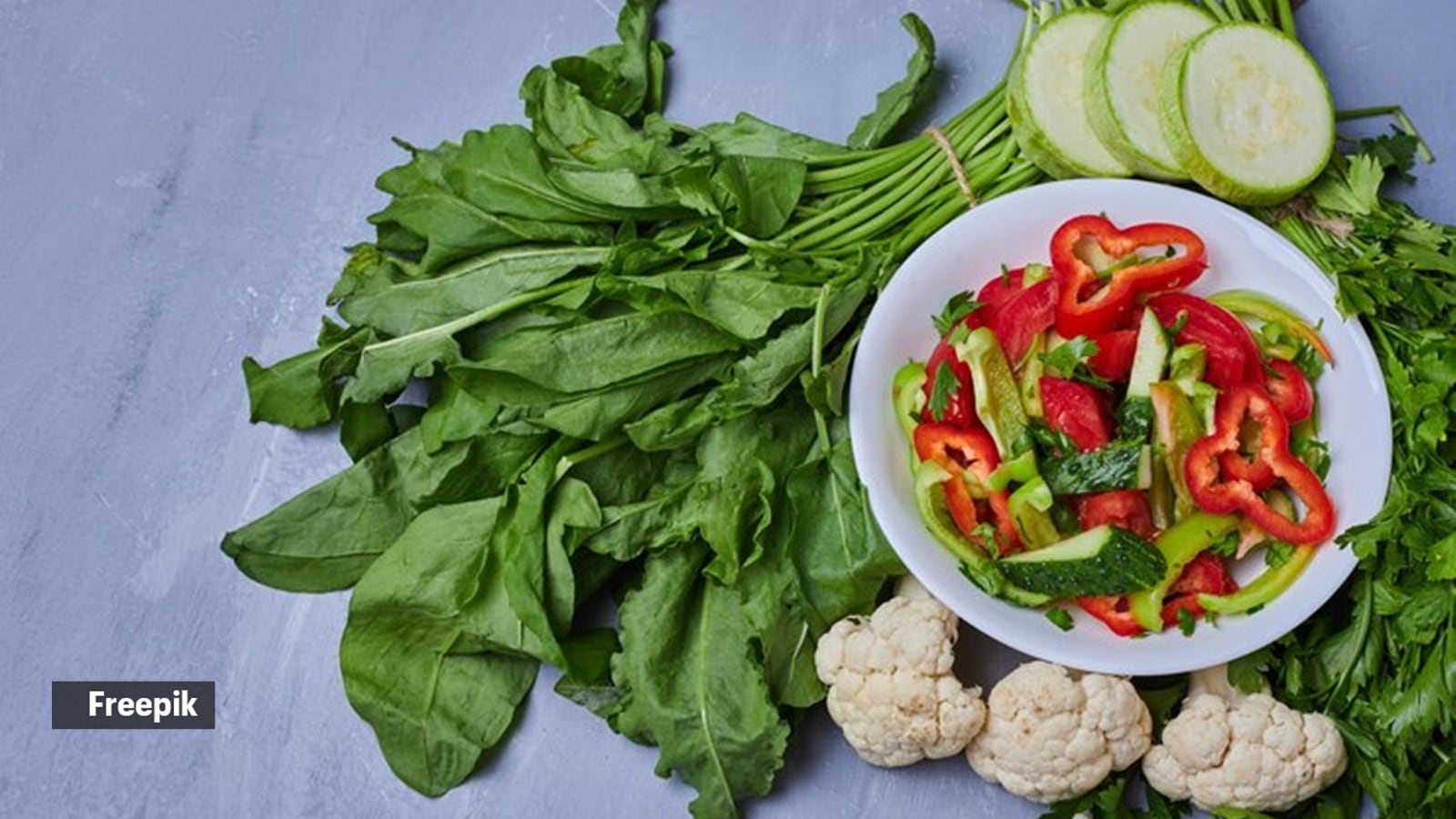Sonu Sood recalled his decision to turn vegetarian despite living in a family of meat lovers, surrounded by non-vegetarian children and wife.
“I am the only one in the family. I had decided not to eat non-vegetarian in my childhood. I had this thought in my mind as a kid, and had told my parents that I will never eat non-veg, and they said ‘of course, jaisi ichha woh karo (do what you like)‘,” he told Kamiya Jani, the host of Curly Tales.
Talking about his sister, he said: I really wanted my younger sister to turn vegetarian. My older sister is a vegetarian lover. She said, ‘If you eat non-veg, why don’t you let her eat it?’ So I fed her, and she became a non-veg lover. Toh woh toh nikal gayi haath se (So that slipped out of my hands),” he quipped, adding that when he had kids, he had wanted them to be vegetarian, but his wife said the same thing my sister did, “and woh bhi non vegetarian ban gaye (they became non vegetarian as well). So I’m the odd one out,” said Sood.
How can you turn vegetarian in a non-vegetarian household?
CV Aishwarya, a clinical nutritionist and lecturer at Sri Ramachandra Institute of Higher Education and Research, Chennai, told indianexpress.com that transitioning to a vegetarian diet while living in a non-vegetarian household or social circle can be challenging. Sudden elimination of meat without appropriate substitutes may lead to nutritional deficiencies, particularly in iron, vitamin B12, omega-3 fatty acids, and high-quality protein.
To ensure nutritional adequacy, she suggested replacing meat with plant-based protein sources such as legumes, tofu, tempeh, paneer, and quinoa. For maintaining iron levels, green leafy vegetables should be paired with vitamin C-rich foods like citrus fruits, amla, or bell peppers to enhance iron absorption. And to meet vitamin B12 requirements, which are otherwise difficult to obtain from plant sources, one can opt for fortified cereals, dairy products (if lacto-vegetarian), or nutritional yeast.
 For maintaining iron levels, green leafy vegetables should be paired with vitamin C-rich foods (Source: Freepik)
For maintaining iron levels, green leafy vegetables should be paired with vitamin C-rich foods (Source: Freepik)
“According to the concept of food neophobia, maintaining familiar tastes and textures makes dietary transitions smoother,” said Aishwarya. This can be achieved by adapting traditional dishes—for example, soya chunks can be used instead of mutton in biryani, mushroom or paneer butter masala can replace chicken-based versions, and raw jackfruit or banana stem can serve as hearty meat alternatives in regional recipes.
These thoughtful substitutions not only help in maintaining nutritional balance but also reduce resistance from family members by retaining the cultural and culinary essence of meals.
Story continues below this ad
Hurdles in your way
“Craving for meat-based textures and umami flavour is a common hurdle for individuals transitioning to a vegetarian diet. These cravings are often intensified by the sudden absence of familiar sensory experiences associated with meat-based meals,” said Aishwarya, adding that stress and emotional triggers can lead to unintentional relapse into meat consumption, especially when food is used as a coping mechanism.
Aishwarya also shared that frequently reported challenges for people trying to transition to vegetarianism include social pressure, where family or peer expectations influence food choices, and meal monotony, which can reduce motivation to stick to a vegetarian plan.
How to overcome them
To overcome these hurdles, she suggested the following scientifically supported strategies:
- Mindful eating practices to recognise true hunger and reduce emotional eating. Small, frequent meals to maintain satiety and prevent impulsive food choices.
- Hydration to manage appetite regulation and avoid misinterpreting thirst as hunger.
- Timely protein intake, especially post-exercise, to support muscle health and reduce cravings.
- Regular physical activity, which improves mood, appetite control, and motivation for dietary adherence.
- Incorporating umami-rich plant-based ingredients like mushrooms, tomatoes, fermented foods, nutritional yeast, and soy products can also help replicate the sensory satisfaction of meat, easing the transition process.



